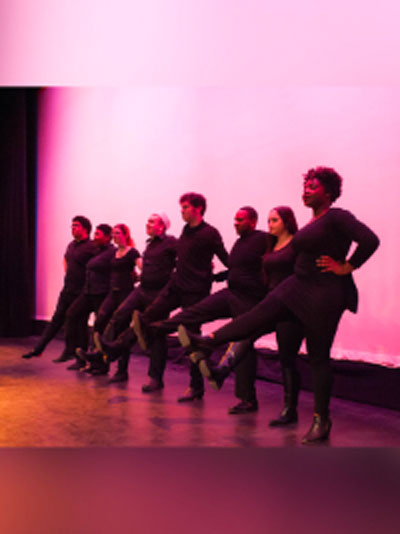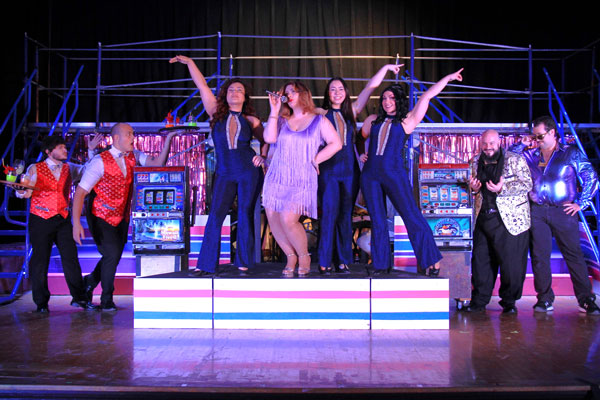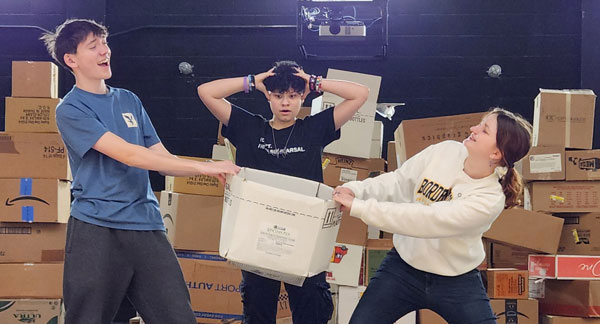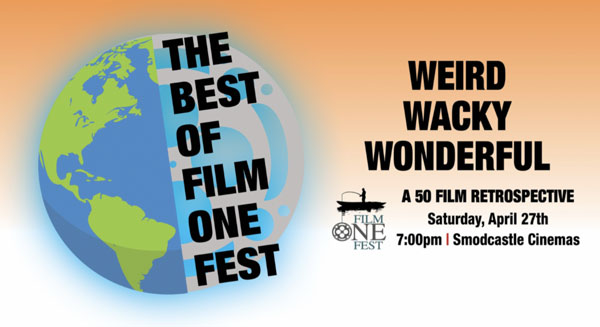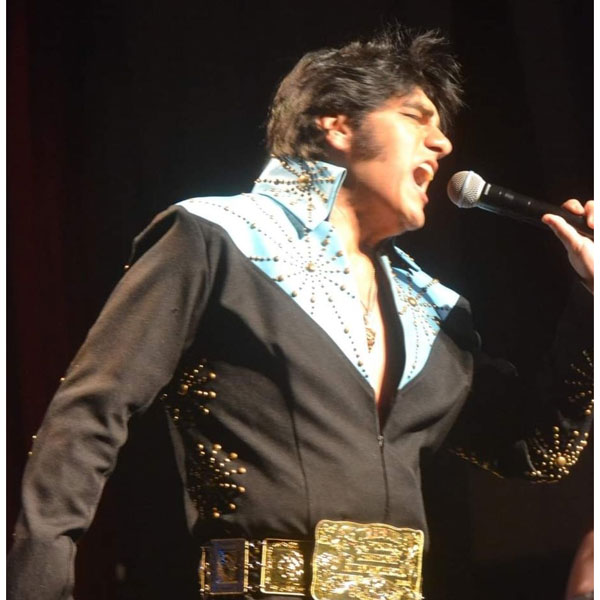
(NEW BRUNSWICK, NJ) -- This fall, the Zimmerli Art Museum at Rutgers hosts the nationally touring exhibition that explores Dimensionism, an artistic movement, tracing the influence of early 20th-century scientific discoveries on some of the era’s most celebrated artists. Dimensionism: Modern Art in the Age of Einstein, opening September 3 at the Zimmerli, highlights the untold story of the “Dimensionist Manifesto,” authored by Hungarian poet Charles Sirató in 1936 and calling for an artistic response to groundbreaking scientific discoveries that changed human understanding of the universe.
Organized by Vanja Malloy, formerly Curator of American Art at the Mead Art Museum at Amherst College and now Director and Chief Curator of Syracuse University Art Galleries, the exhibition features some 75 artworks by more than 36 artists, including the Manifesto’s signatories – such as Alexander Calder, Marcel Duchamp, Sonia Delaunay-Terk, Joan Miró, László Moholy-Nagy – and their contemporaries.
The presentation of Dimensionism at the Zimmerli features several additions exclusive to the location. Donna Gustafson, the museum’s Curator of American Art and Mellon Director for Academic Programs, has selected works by Jean Arp, Peter Busa, Robert Delauney, Adeline Kent, Gerome Kamrowski, and Man Ray from the Zimmerli’s own collection to augment the traveling exhibition. The museum also will include its own copy of the epic visual poem Prose of the Trans-Siberian and of Little Jehanne of France (1913) by Blaise Cendrars and Sonia Delaunay. An auxiliary exhibition of Hungarian modernist works highlights the Manifesto’s author Charles Sirató, his roots in the Hungarian avant-garde, and his evolution from a poet to a theorist who embraced all the arts and envisioned a radical new coalition of creative thinkers. In addition, all labels will be printed in English and Spanish, and bilingual tours will be available.
Dimensionism brings together paintings, sculptures, prints, and photographs, along with poetry and ephemera associated with the Dimensionist movement. It focuses on art produced during a period of dramatic scientific and social change – primarily from mid-1930s to early 1940s, with a few works created as early as 1915 and as late as 1966 – in both Europe and the United States. Inspired by new conceptions of time and space brought about by advances in mathematics, physics, astronomy, and microbiology, as well as the increasing public awareness of these developments via the mass media, an emerging avant-garde movement sought to expand the “dimensionality” of modern art. The exhibition also features compelling new scholarship that connects the story of these artists, their art, and the Manifesto that reflected their new direction.
“The influence of science on some of the most celebrated artists of the 20th century has been largely overlooked,” said Malloy. “While much has been written about the impact of social and political movements on artists, especially in the tumultuous period between the two World Wars, this exhibition is an important opportunity to reconsider art and artists we think we know in a fresh historical framework. When we see their art through the lens of the scientific discoveries that were reshaping popular understanding of the universe around them, their visual interests and impulses can take on a different meaning.”
Advertise with New Jersey Stage for $50-$100 per month, click here for info
One of the scientific discoveries that inspired artists was Einstein’s General Theory of Relativity, first published in 1915 and partially confirmed by an astronomically significant solar eclipse in 1919, which allowed Einstein and his colleagues to measure the “bending” of light around the sun. At the same time, the fact that this measurement could be made was indicative of another major set of scientific advances during this period: better lenses and reflectors, which led to the creation of telescopes capable of peering into deep space and microscopes able to reveal new micro realms. Together these instruments revealed both a vastly larger and more complex cosmos than previously imagined. The image of the eclipse became symbolic of the historic moment that altered human perception of space and time, and found itself represented in many artworks of this era, including Marcel Duchamp’s Rotorelief (1935).
Helen Lundeberg’s perception of the universe is one familiar to many Zimmerli visitors: her 1944 painting Self Portrait, donated to the museum by the Lorser Feitelson and Helen Lundeberg Feitelson Foundation in 1982, returns home after nearly a year on tour. Lundeberg was among the few women painters in the United States to combine Surrealism and science in her paintings during the 1930s and 1940s. However, instead of accessing the subconscious like the European Surrealists, her work uses a system of codes that reveal an underlying deeper meaning. Self Portrait depicts Lundeberg, who appears to hold a three-dimensional object while painting it on a two-dimensional cosmic landscape. Microcosm and Macrocosm (1937) also shows a figure holding an object against an expansive background of earth and space. Both paintings play on dimensionality paired with astronomy, inviting viewers to carefully consider these enigmatic scenes.
The scientific community also introduced the public to a universe in constant motion. Alexander Calder reflected this development in a new form of art defined by its dynamic motion, an important transition in his career. In addition, some of the movement’s earliest ventures included direct engagement with professional scientists, such as the famous x-ray crystallographer John Desmond Bernal. His essay on art in science appeared in the 1937 publication Circle: International Survey of Constructive Art, which was co-edited by artists Ben Nicholson and Naum Gabo and included work by such artists Barbara Hepworth, Alexander Calder, and Henry Moore, all of whom are represented in the exhibition. And as artists responded to the new science through their artwork, art critics drew on science in their discussion of art: Cubist painters like Pablo Picasso – whose Young Girl in an Armchair (1917) demonstrates a fresh approach to figuration that resisted a complete or whole depiction of its subject – were discussed in terms of the new science of quantum theory.
“The Zimmerli is proud to be the third university art museum to present Dimensionism: Modern Art in the Age of Einstein,” said Thomas Sokolowski, Director of the Zimmerli Art Museum. “In anticipation of the exhibition, we have been assembling a cohort of faculty from all across the disciplines represented at Rutgers in fruitful discussions about how best to engage the university community in intellectual debate over synchronicities between the arts and sciences. Across the board, physicists, engineers, astronomers are planning seminars, lectures, and a day-long symposium to address commonalities in the ways in which the two halves of the brain overlap. We believe that this project will be a game-changer in the way the Rutgers community explores intellectual discourse.”
A series of free public programs, supporting the Zimmerli’s educational mission, will be held in conjunction with Dimensionism, featuring partnerships across the university:
* Leonardo Art Science Evening Rendezvous (LASER) talks, an international program that brings artists and scientists together for informal conversations;
* A full-day interdisciplinary symposium with Henry S. Turner, Associate Vice Chancellor for Research in the Humanities and Arts for Rutgers-New Brunswick;


